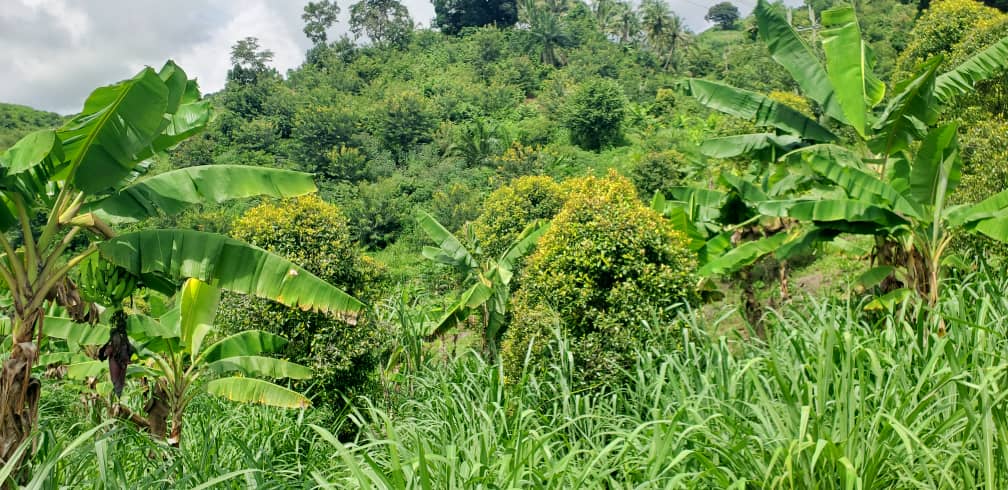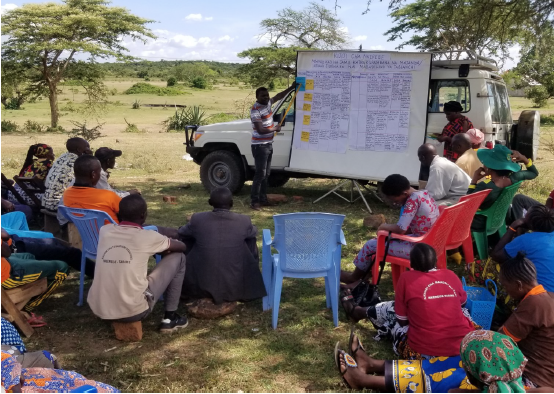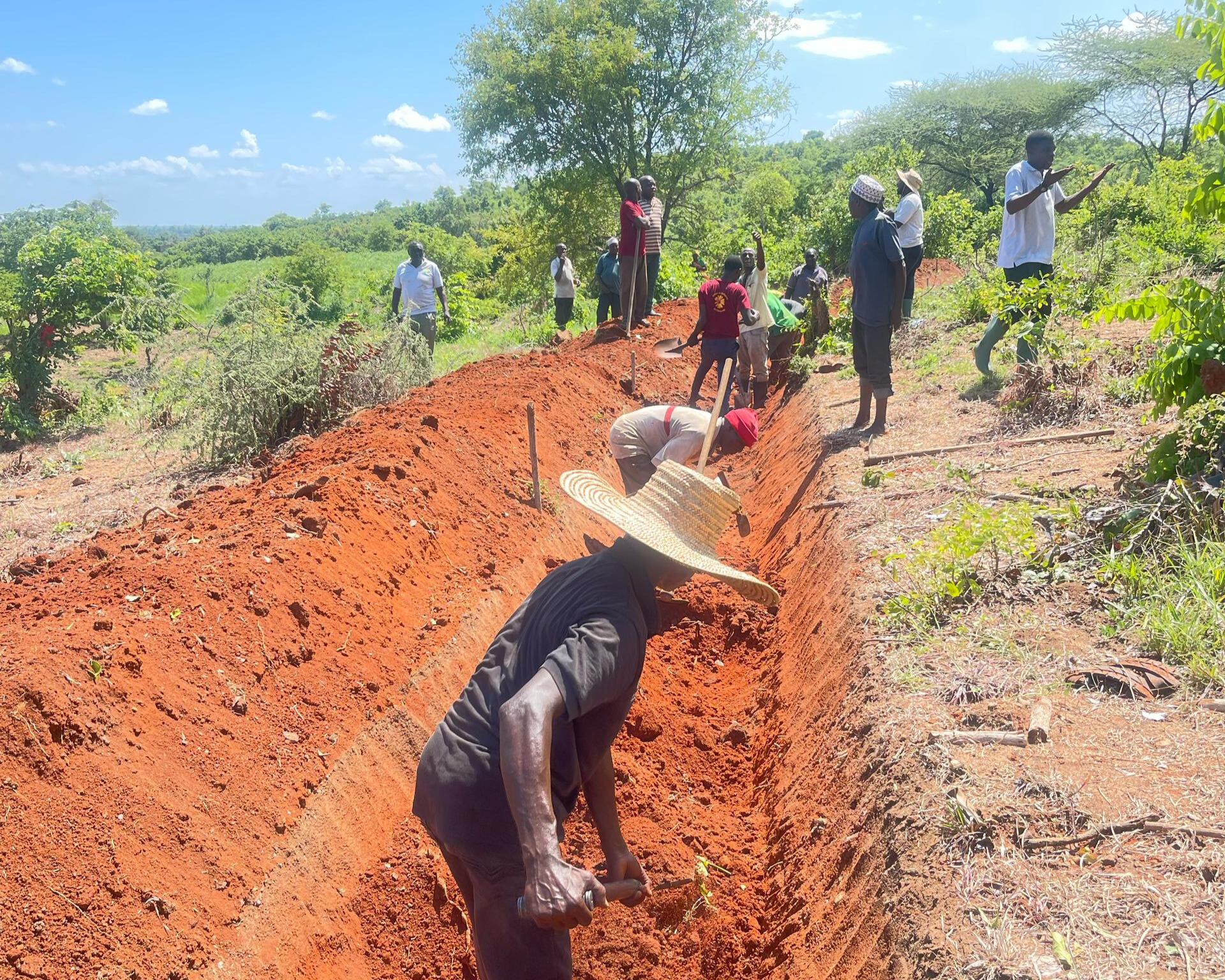The Crosscutting Impacts of SAT’s Agroforestry Interventions

Agroforestry strengthens climate resilience, farmer livelihoods, and nutritional security by providing diverse tree products such as fruits and nuts, improving soil health through carbon sequestration, and creating microclimates that buffer against extreme weather. By integrating trees into farming systems, farmers diversify income streams, secure a wider range of food, and adapt to climate change, thus making agriculture more resilient and sustainable.
Beyond Tree Planting
Agroforestry is far more than planting trees. It deliberately integrates trees with crops and livestock to create multi-functional farming systems that deliver ecological, economic, and social benefits. Trees improve soil organic matter and water retention, enrich biodiversity, and store atmospheric carbon. Farmers benefit from a steady income through products such as timber, spices, fruits, and fodder while reducing the risks of crop failure or market fluctuations. Communities gain food security, new employment opportunities, and even the cultural value of reintroducing native species.
Sustainable Agriculture Tanzania (SAT) promotes agroforestry as a gateway to healthier soils, improved livelihoods, and stronger communities. Our interventions cut across climate action, nutrition, gender equity, and youth empowerment, making agroforestry a truly crosscutting approach to sustainable development.
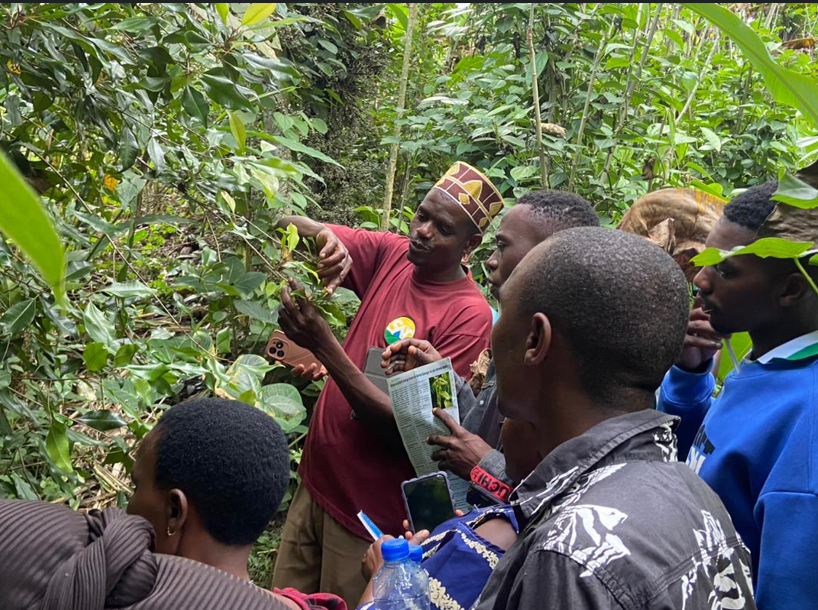
Agroforestry in Practice
SAT integrates trees into farming systems to produce food, timber, fruits, and spices while protecting the environment. Our work begins with training farmers to establish tree nurseries and manage demonstration plots that showcase different technologies such as spice agroforestry, banana-tree combinations, and fruit orchards intercropped with seasonal crops.
We operate across Tanzania, including Morogoro, Dodoma, Mtwara, Kilimanjaro, Dar es Salaam, Manyara, and Geita. Collaboration with local government authorities supports complementary projects such as sand-dam construction, borehole drilling, and tree-planting campaigns. Partnerships with agricultural training institutions and Sokoine University enable participatory research, while school programs introduce agroforestry to the next generation.
The results are tangible: more than 48,992 farmers have been reached, over 538 demonstration plots established on an estimated 161 hectares, and nearly 1.8 million trees are now thriving from the 1.98 million seedlings transplanted.

Crosscutting Dimensions
Because agroforestry combines trees, crops, and sometimes livestock, its benefits span agriculture, forestry, rural development, and environmental protection. This integrated approach addresses multiple challenges simultaneously: poverty, malnutrition, land degradation, and climate change.
- Climate Change Adaptation and Mitigation: Trees capture greenhouse gases, reduce soil erosion, and create cooler microclimates that buffer farms against droughts and floods. Their root systems stabilize soils and help retain water, making farming systems more resilient.
- Food Security and Nutrition: Fruit and nut trees provide direct food sources while improving soil fertility for better crop yields. Continuous harvests ensure dietary diversity and year-round food availability.
- Economic Empowerment: Farmers earn income from fruits, timber, spices, and medicinal plants. Value addition, such as spice processing, creates new markets and employment, while diversified production protects households from market or climate shocks.
- Gender Inclusion: Women play central roles in nursery management, planting, and processing tree products. Training programs encourage women’s participation in decision-making and improve their access to resources and markets, enabling them to share more equitably in the income generated.
- Youth Engagement and Education: Through our School Garden Project, students in Dar es Salaam and Mwanga (Kilimanjaro) learn agroforestry and manage food forests and vegetable gardens. Environmental clubs and small agribusiness ventures give young people practical skills and the confidence to secure resilient food systems in the future.
- Biodiversity and Soil Health: Tree-crop systems provide habitats for pollinators and natural pest predators. Leaf litter enriches the soil, while deep-rooted species improve water infiltration and nutrient cycling, creating landscapes that are both productive and ecologically stable.
Partnerships and Capacity Building
Strong partnerships underpin SAT’s success. We work directly with farmer groups through our Farmer Training Centre, farmer field schools, and peer-to-peer learning networks. Knowledge spreads through farmer and pastoralist exchange visits, participatory demonstrations at Nane Nane agricultural fairs, and educational tools such as films, posters, and the Mkulima Mbunifu magazine. These methods ensure that practical skills like nursery establishment and tree planting remain within communities and can be scaled up sustainably.
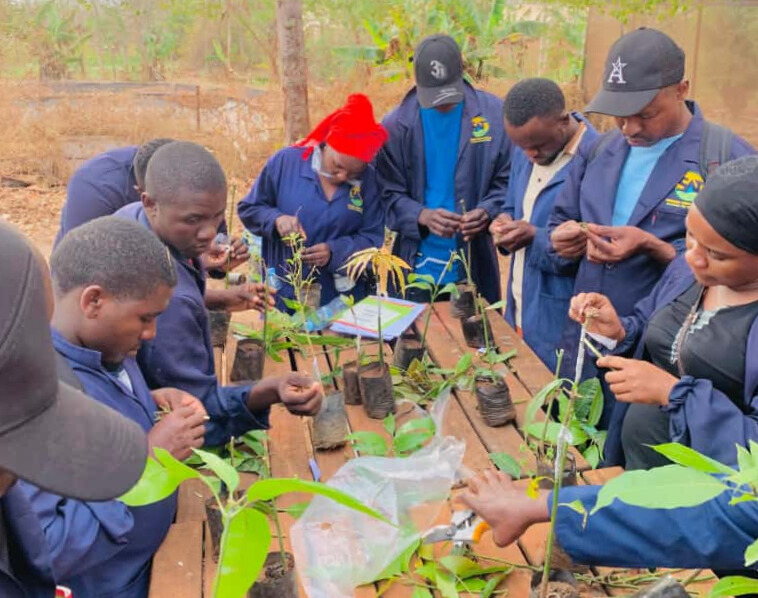
Results and Impact
The transformation is visible in landscapes and livelihoods. In the Uluguru Mountains, farmers once faced uncontrolled soil erosion, seasonal fires, and muddy rivers. Today, after adopting agroforestry practices, soil fertility has improved, crop yields have increased, and incomes from tree products provide a new layer of security. Among pastoralist communities, improved pasture management and tree planting have reduced environmental degradation and conflicts between farmers and herders, while boosting milk and meat production.
Challenges and Lessons Learned
Despite strong progress, several obstacles remain. Climate variability causes droughts that kill young seedlings; pests and diseases threaten crops; and roaming livestock sometimes damage newly planted trees. Limited funding constrains the expansion of tree-planting projects.
Key lessons include the value of high-value tree species for income generation and the suitability of agroforestry for small-scale farms, where its multiple benefits outweigh those of conventional monocropping. Continuous environmental education and supportive government policies are critical to sustaining these gains.
Looking Ahead
SAT aims to scale up resilient agroforestry technologies and strengthen value chains for tree products. Future plans include expanding farmer and pastoralist trainings, increasing exchange visits, and advocating for policies that encourage carbon reduction and environmental protection. As agroforestry systems mature, their benefits result in enhanced soil fertility, greater carbon capture, diversified incomes, and stronger community resilience.
An Invitation to Grow Together
Integrated agroforestry is a vital engine for sustainable development. By weaving trees into farmlands, it boosts soil health, increases biodiversity, improves food security, and strengthens climate resilience, creating productive and enduring rural landscapes. SAT invites partners, researchers, donors, and communities to join us in expanding these efforts – because when trees thrive, farmers, ecosystems, and future generations thrive too.
